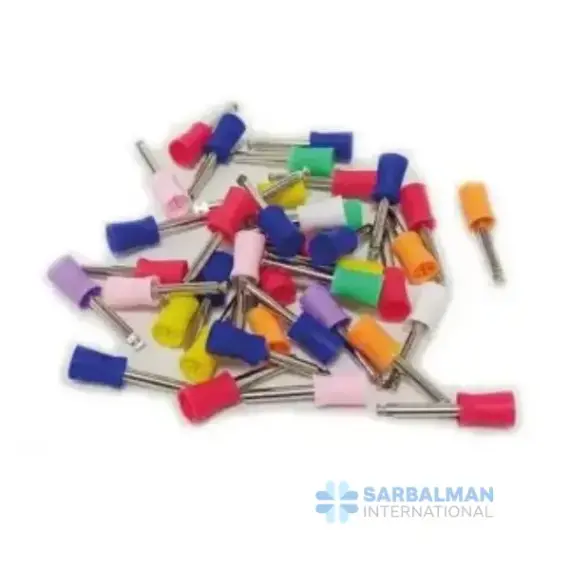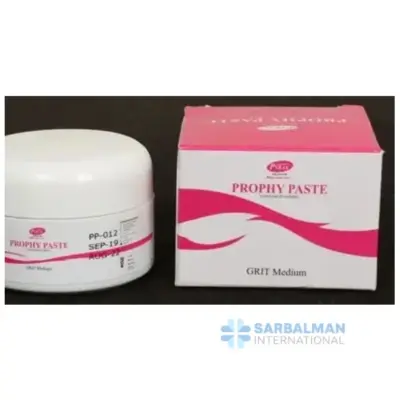Polishing Cups
Free!
Polishing cups are flexible rubber or silicone “prophy” cups used with paste on a low-speed handpiece to remove plaque and extrinsic stains after scaling. Their webbed, flared design holds paste, controls splatter, and reaches interproximal and cervical areas. Available in soft or firm, latex-free options, and snap-on or screw-type fittings. A dependable, single-use choice for fast, gentle polishing in routine hygiene and post-orthodontic cleanup.
Description
Polishing cups (also called prophy cups) are small, flexible rubber or silicone cups that attach to a low-speed prophy angle to polish teeth after scaling. Used with prophylaxis paste, they remove plaque biofilm and extrinsic stains while leaving enamel smooth. The cup’s flared, webbed interior holds paste and adapts to cervical and interproximal areas, helping clinicians create a clean, glossy surface that resists new buildup and feels comfortable to the patient.
Key features and benefits
-
Soft, elastic cups for gentle polishing; firm options for heavier stain.
-
Latex-free choices for patients with sensitivities.
-
Webbed interiors retain paste and reduce splatter.
-
Flared edges reach subgingival and interproximal contours.
-
Available in snap-on or screw-type for most standard prophy angles.
-
Color-coded assortments simplify chairside selection.
-
Single-use designs support infection-control protocols and save cleanup time.
Typical uses and applications
-
Routine dental prophylaxis and stain removal after scaling.
-
Final polish around orthodontic brackets after debonding.
-
Finishing of pits, fissures, and occlusal surfaces where discs are impractical.
-
Hygiene teaching labs and mobile dentistry where speed and simplicity matter.
How they compare
-
Versus bristle brushes: cups are gentler on enamel and soft tissues and hold paste better, making them ideal for general polishing.
-
Versus polishing discs/strips: discs shape proximal surfaces well, but cups access grooves and cervical areas quickly and with less setup.
Best practice tips
-
Use light, intermittent pressure on a low-speed handpiece to avoid heat.
-
Preload with small amounts of paste; replenish as needed.
-
Discard single-use cups after each patient and follow standard instrument care for the prophy angle.





